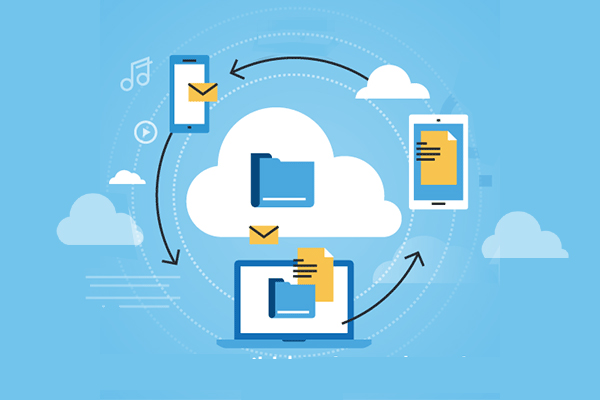Cloud migration has emerged as a significant phenomenon in today’s digital landscape, revolutionizing the way businesses operate and store their data. With the advent of cloud computing, organizations are increasingly choosing to move their existing infrastructure, applications, and services to the cloud to achieve greater flexibility, scalability, cost-efficiency, and security. This article aims to explore the concept of cloud migration, its benefits, challenges, and best practices, providing valuable insights for businesses considering or undergoing this transformative journey.
Cloud migration involves the process of transferring an organization’s digital assets, such as servers, databases, applications, and software, from on-premises infrastructure to cloud-based environments. By doing so, businesses can leverage the capabilities of cloud computing, such as virtualization, unlimited storage, on-demand resources, and disaster recovery, to enhance their digital operations. Additionally, cloud migration facilitates remote access to data and applications, enabling efficient collaboration and mobility. However, while the potential advantages are substantial, cloud migration also presents certain challenges relating to data security, compatibility, integration, and personnel training, which need to be carefully addressed to ensure a successful transition.
The process of migrating to the cloud can be intimidating for beginners. However, with the right guidance and understanding, it can become a seamless transition. digitalcare.org provides a comprehensive guide that demystifies the cloud migration process for beginners.

The Benefits of Cloud Migration
Migrating to the cloud offers numerous benefits for businesses of all sizes. One major advantage is the scalability it provides. With cloud infrastructure, businesses can easily scale their resources up or down depending on their needs, without investing in expensive hardware or software. Additionally, cloud migration allows for greater accessibility and collaboration as employees can access files and applications from any location and device with an internet connection. Not only does this enhance productivity, but it also enables remote work flexibility. Cloud migration can also result in cost savings for businesses as they no longer have to maintain costly on-premises infrastructure and can instead pay for the resources they actually use.
In conclusion, cloud migration offers significant benefits for businesses, including scalability, accessibility, collaboration, and cost savings. It allows organizations to leverage cloud computing capabilities to enhance their digital operations, improve productivity, and enable remote work flexibility. However, it is important to address challenges related to data security, compatibility, integration, and personnel training to ensure a successful transition. With the right guidance and understanding, cloud migration can become a seamless and transformative journey for businesses of all sizes.
